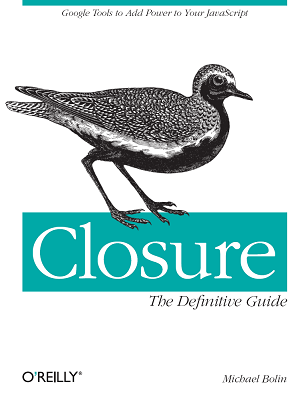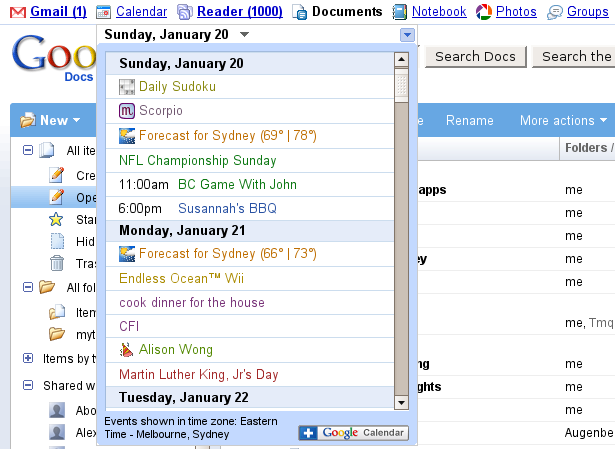As it turned out, having total control was never that interesting to me. As I noted when I started the blog, I didn't want it maintaining it to feel like a job, so I never made many changes to the PHP. I made a few tweaks to one of the default templates instead of trying to create my own, and I may have installed a plugin or two, but I didn't really touch those very much either.
Now consider the downsides of hosting your own blogging software:
What is wrong with you people?
- You have to be aware of security vulnerabilities that arise in the software and update the system yourself when they happen. (My WordPress blog was hacked and spam links were inserted into my posts.)
- You have to stay on top of the world of comment spam (which my WordPress blog suffered from) and patch your system accordingly (if patches are available) if you want to keep it out of your blog.
- Your readers have to create separate accounts (as opposed to their Google Accounts, which I expect most of my readers to have) if they want to comment on your blog.
- Your WordPress username/password is just one more thing you need to remember.
- The migration required me to upgrade WordPress (just what I was trying to avoid!) because my existing version of WordPress (1.5?) didn't have the export feature that the Internets recommended I use.
- I tried to upgrade WordPress on bolinfest.com, but that turned out to be impossible because bolinfest.com doesn't have PHP 4.3 (it has 4.2.2), and from past experience, I know that trying to upgrade PHP on Redhat 9 (yep, that's what bolinfest.com currently runs on -- clearly I have another migration in my future) is its own disaster, so I didn't even try.
- I ended up doing a mysqldump of my Wordpress database and installed a new version of WordPress on a separate (more modern) server. (This required updating the siteurl and home options in the wp_options table to match the new server; otherwise, I couldn't load upgrade.php which runs the upgrade process.)
What is wrong with you people?





